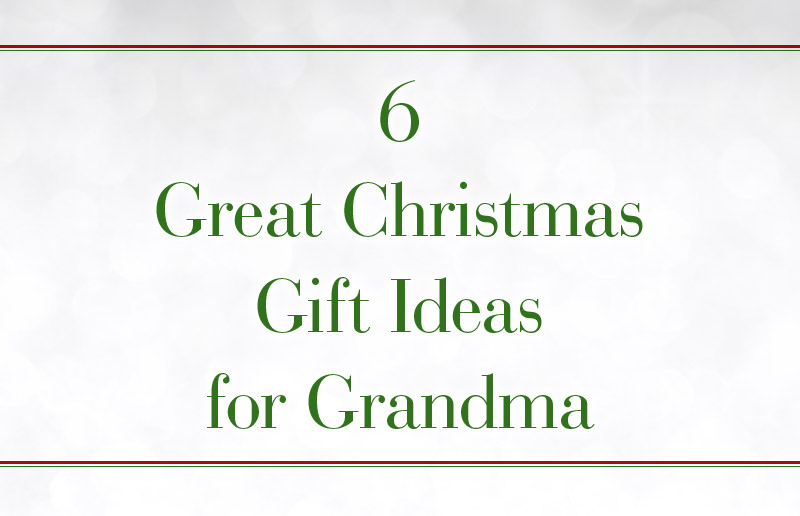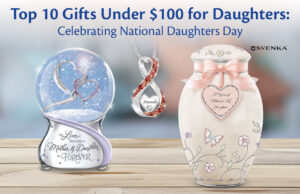Table of Contents
Introduction to Angel Figurines and Sculptures in Christmas Traditions
The holiday season is a time of joy, reflection, and tradition, with angel figurines and angel sculptures holding a special place in our hearts and homes. The Bradford Exchange is pleased to offer a wide selection to celebrate the season. From adorning Christmas trees to serving as centerpieces, angels bring an aura of peace and protection to festive celebrations. Rooted in both religious and cultural significance, angel symbols evoke hope, love, and the spirit of giving, making them timeless icons in Christmas traditions.
Historical Origins of Angels in Christmas Traditions
The origins of angels in Christmas celebrations date back to the early days of Christianity, where angels were depicted as divine messengers in art and scripture.
Biblical Roots: The role of angels is central to the Nativity story, including Gabriel’s Annunciation to Mary (Luke 1:26-38), reassuring Joseph about the upcoming birth (Matthew 1:20), and the multitude of angels proclaiming Jesusʹ birth to the shepherds near Bethlehem (Luke 2:8-15). An angel even told Mary and Joseph to flee to Egypt with baby Jesus to escape Herod’s persecution – truly a ʺguardian angelʺ. (Matthew 2:13).
Early Christian Art: Angels often appeared in Christian art as intermediaries between God and humanity, reinforcing their spiritual importance. The earliest known Christian image of an angel, the Archangel Gabriel, appears in the Cubicolo dell’Annunziazione in the Catacomb of Priscilla, the tomb of the aforementioned lady. Itʹs a crude fresco is dated to the middle of the third century. It depicts the Annunciation and Gabriel is portrayed without wings because the archangel is mentioned as ʺtaking the form of a manʺ in Daniel 8:15 and 9:21. This was the original understanding of angels in the early church. When they came to earth, they looked like ordinary people.
The earliest known representation of angels with wings is on the elaborately carved Prince’s Sarcophagus at Sarigüzel, near Istanbul, attributed to the time of Byzantine Emperor Theodosius I (379–395) and believed to belong to a member of the royal family. It depicts a pair of flying winged angels holding up a circular monogram of Christ in a garland. These paired, flying angels echo depictions of winged Victories in classical Roman art. These classical-styled, winged depictions very quickly became dominant in Christian art and carried on throughout history, especially in depictions of the Nativity.
Cultural Shift: Over time, angelic imagery evolved from strictly religious symbolism used in Churches and devotional artwork, to festive decorations, influenced by the spread of Christian and artistic traditions in Europe. Angels, because of their original biblical part of the story of the Nativity, remain among the most popular Christmas decorations and can reflect any artistic style from classical to modernist.
The Symbolism of Angels in Christmas Celebrations
Angels symbolize hope, love, and divine guidance, making them powerful icons of the Christmas season. Artists have crafted beautiful works of art and sculpture celebrating their role for two thousand years.
Messengers of Hope and Peace: As divine messengers, angels convey the spiritual message of Christmas—love, forgiveness, and salvation. The Archangel Gabriel, Godʹs Messenger, appeared several times to the Holy Family and others to spread the good news of Jesusʹ birth. The Heavenly Host serenaded the Shepherds to spur their trip to see the newborn Messiah.
Protection and Unity: Bringing these heavenly figures into our homes brings a reminder of the nearness of divine love. Angel figurines and artwork symbolize guardianship, and offer families a sense of safety and togetherness.
Modern Interpretations: While traditional depictions emphasize religious aspects, contemporary interpretations often focus on universal values of kindness and compassion or reflect the diversity of Christian beliefs.
The Evolution of Angel Figurines and Sculptures as Décor
The use of angel figurines and sculptures as Christmas décor has evolved alongside holiday traditions. At one time it was much too costly for an average person to own artwork of any kind, but now with advancements in technique, anyone can afford Christmas figurines.
The 5th Century: The idea of the ʺguardian angelʺ gained popularity throughout the Church, advanced by Pseudo-Dionysius the Areopagite, an influential Christian philosopher, and began appearing more frequently in Christian art and sculpture, including in representations of Jesus.
The Renaissance: During this era, artwork including Fra Angelcoʹs The Annunciation, Michelangeloʹs The Last Judgement in the Sistine Chapel, and Bottacelliʹs Madonna of the Pomegranate and countless more were all created as public artwork, cementing Angels as powerful symbols of the Lord’s favor in the popular imagination.
19th-Century Europe: During this era, both mass-produced and handcrafted Christmas decorations became popular and more affordable to ordinary people, including angel figurines that adorned Christmas trees and homes. Queen Victoria accelerated this phenomenon by introducing the Christmas Tree to English homes via her German husband Albert’s family traditions. Angels were popular decorations.
Modern Popularity: In the 20th century, pop culture, holiday movies, and specials with angelic characters helped cement angels as quintessential Christmas symbols.
Types of Angel Figurines and Sculptures in Christmas Décor
Angel figurines come in a variety of designs, materials, and styles, each carrying its own significance.
Designs:
- Traditional: Depicting highly realistic and human-like celestial beings with wings and elaborate, colorful costumes, largely influenced by Renaissance aesthetics.
- Contemporary: Minimalist designs with limited color palette, costume or features and modern interpretations based on 20th Century art styles including pop art and commercial art.
Materials: Ceramic, porcelain, and glass are popular materials for Angel sculptures and figurines because of their elegance and durability.
Symbolic Styles: Cherubs often represent innocence, while archangels symbolize strength and divine power.
How Angel Figurines and Sculptures Enhance the Christmas Spirit in Homes
The presence of angel figurines is a reminder of the reason for the celebrations, bringing us all the way back to that night in Bethlehem when Jesus was born and laid in the manger.
- Creating Ambiance: Angels enhance the holiday’s spiritual essence, reminding us of possibility and new beginnings, promoting peace and goodwill among all.
- Symbol of Family Unity: Displaying angel sculptures fosters a sense of togetherness and shared traditions for all believers.
- Placement Ideas: Popular locations include tree toppers, mantelpieces, angel choirs, nativity scenes, holiday villages, standalone displays, and as part of festive table settings.
Tips for Choosing and Displaying Angel Figurines and Sculptures in Christmas Décor
Here are practical tips to incorporate angel figurines into your holiday decorations:
- Selection Tips:
- Choose designs that align with your family’s traditions or personal aesthetic.
- Opt for durable materials so the figurines can become heirlooms.
- Creative Displays: Arrange angel figurines on mantels with string lights, create groupings and tablescapes of heavenly hosts, use them as table centerpieces or adorn any other focal point in your home. Large sculptures can also be used on porches or for outdoor decorations to create a welcoming ambiance.
- Care Tips: Clean figurines according to material with a soft cloth and store them in padded boxes to prevent damage.
Embracing the Timeless Symbolism of Angel Figurines and Sculptures
Angel figurines and sculptures have an enduring charm that bridges faith, family, and festivity. These symbols of hope and love bring deeper meaning to holiday celebrations while enhancing the beauty of seasonal décor. Whether you’re continuing a cherished family tradition or creating new ones, angel figurines are timeless treasures that inspire peace and joy during Christmas and beyond. Many can be found at The Bradford Exchangeʹs Christmas décor section of our website. How could you add them to your holiday celebration?
Thanks for reading! Merry Christmas! Please like and share this post.
The Origins and Symbolism of Angel Figurines and Sculptures in Christmas Traditions by The Bradford Exchange











